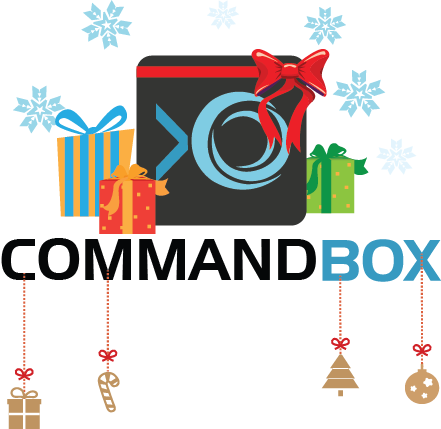 For today's 12 Tips of (CommandBox) Christmas we're going to review how to debug a server that don't want to start. Figuring out why a server won't come up is usually very easy, but some people will waste a lot of time on it if they don't know how to access the logs. Part of the issue is that the start command fires off an async process to actually start up the server, so you don't get much feedback right there in your console.
For today's 12 Tips of (CommandBox) Christmas we're going to review how to debug a server that don't want to start. Figuring out why a server won't come up is usually very easy, but some people will waste a lot of time on it if they don't know how to access the logs. Part of the issue is that the start command fires off an async process to actually start up the server, so you don't get much feedback right there in your console.
Tailing and Following logs
If a server isn't starting, the first thing to run is the server log command. It will show you the console log for that server.
server log
If the log is very large, use the tail command to just see the last few lines of it.
server log | tail server log | tail lines=100
To get a live stream of the console log from a running server, use the --follow flag and the command will continue streaming new lines to the console until you press Ctrl-C to stop.
server log --follow
Debug Logging
You can get additional information about a server start with the --debug flag. When debug is set, the start command will not exit immediately, but wait for the server to come up and live stream the debugging information and server logs to the console while the server is coming up.
server start --debug
Start server in console mode
You can use the --console flag to the server start command to start a server in the foreground. The console log will be live-streamed to the CLI and the log will continue streaming as long as the server is running. Press Ctrl-C to stop the server and stop streaming the log file.
server start --console server start --console --debug
Maximum logging! (trace)
You may still really be having issues getting your server to start up correctly due to a setting not getting picked up, rewrites not working, or maybe a jar not loading. You can "drink from the firehose" so to speak by turning on trace level logging. This works best when starting the server via the console so you can watch the logging as it streams past.
server start --trace --console




Add Your Comment